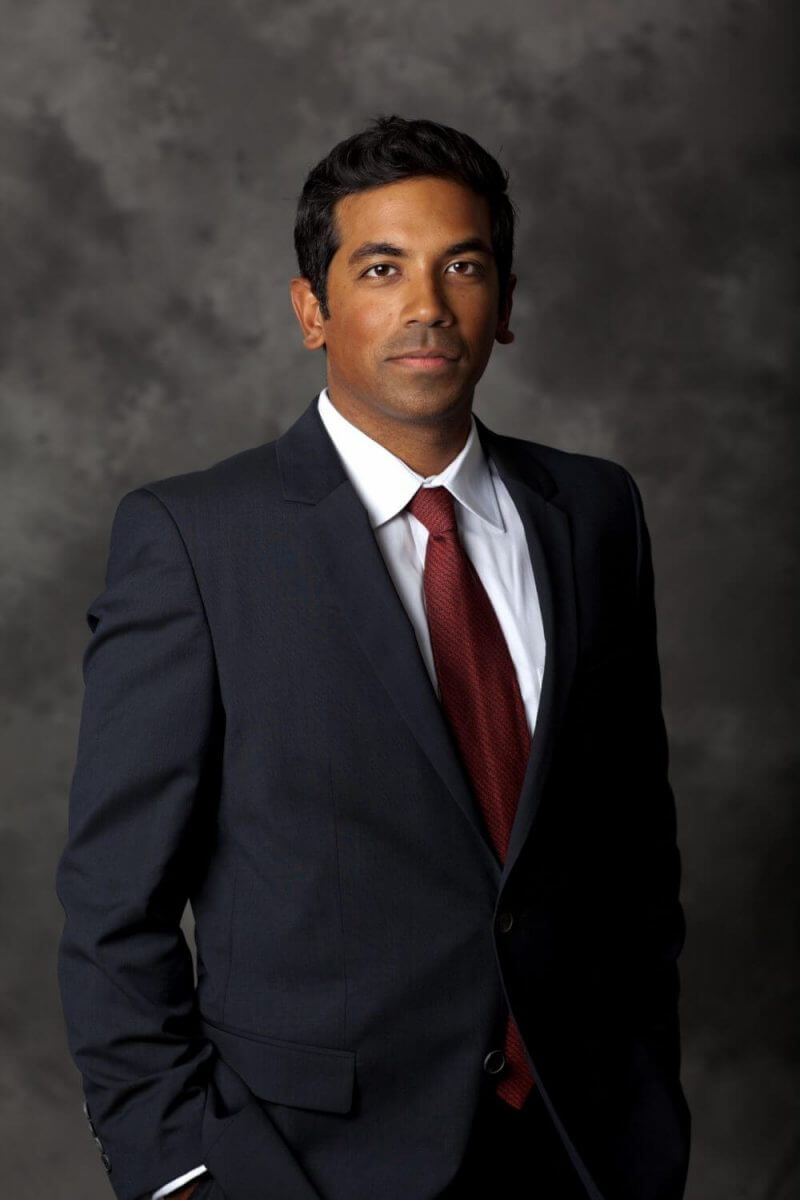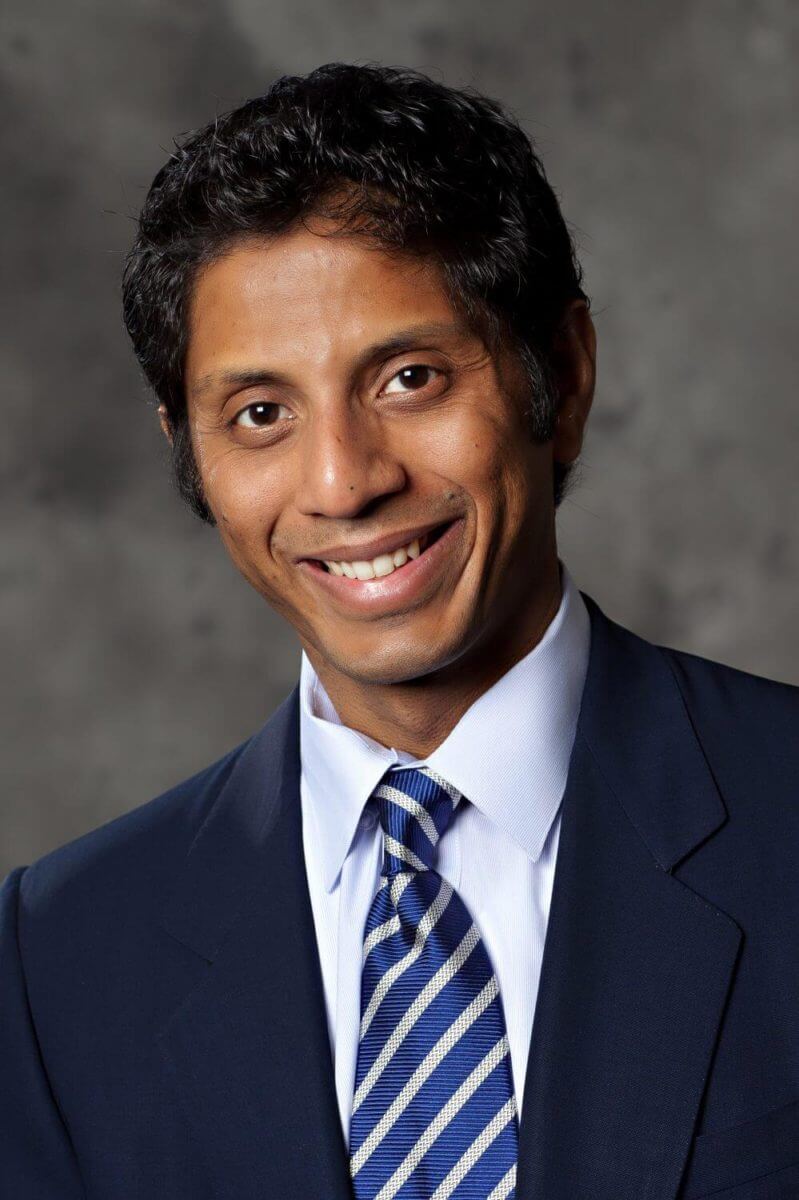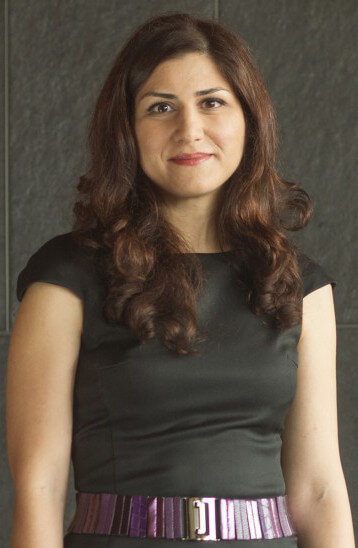Research Areas by Laboratories

Media Communications Laboratory (MCL)
Led by: Prof. Jay Kuo
This lab is devoted to theoretical studies and practical applications of multimedia data processing, communication and networking technologies. Current research activities of the lab include: multimedia data compression, audiovisual content abstraction and management, graphic modeling and rendering, digital content protection and rights management, web technologies, content delivery networks, mobile ad hoc networks, wireless sensor networks, broadband wireless communications, multi-access transceiver technologies, and embedded media systems. Our research work has contributed to international standards such as JPEG2000, MPEG-4, MPEG-7, H.263++. The lab is also working on emerging interdisciplinary areas that apply information technologies to biological applications such as genome and protein sequence analysis and novel bio-medical signal and image processing techniques.

Magnetic Resonance Engineering Laboratory (MREL)
Led by: Prof. Krishna Nayak
Research at the Magnetic Resonance Engineering Laboratory (MREL) involves applying signal and image processing theory to improve and create MRI diagnostic imaging applications. We collaborate with MDs and other engineering professors, which provides our graduate students a unique opportunity to see their successful research work utilized immediately in a clinical setting. Our current research projects involve 3D imaging of heart physiology, fat quantification in organs and tissues, real-time dynamic imaging of speech production, and compressed sensing (compressive sampling) MRI.

Signal Analysis and Interpretation Lab (SAIL)
Led by: Shrikanth S. Narayanan
SAIL conducts fundamental and applied research in human-centered information processing. Our emphasis is on speech, audio, language, biomedical and multi-modal signal processing, machine learning and pattern recognition. SAIL's research applications and systems development especially focus on domains with direct societal relevance including in human health and well being (both basic and translational research such as in the domains of autism, pediatric obesity and disordered speech production), education (technologies for literacy and language learning) and defense (signal and pattern classification, speech recognition and translation, virtual human-based systems and audio-visual scene analysis). SAIL supports a collaborative interdisciplinary environment and bridges research from several departments and schools both within and outside USC. Our research is supported by the NSF, NIH, DARPA, Army, ONR, and grants from foundations and industry.

Biomedical Imaging Group
Led by: Richard M. Leahy
Dr. Leahy's research lab is focused on the development of computational tools for the reconstruction and analysis of biomedical images. Research in molecular imaging involves analysis of both PET (positron emission tomography) and FOT (fluorescence optical tomography) data. The lab is currently investigating new approaches to reconstruction of PET images from time-of-flight scanners, and also the analysis of dynamic data for the purposes of improved detection of metastatic disease in cancer patients. Our FOT work, in collaboration with UC Davis and CRi in Boston, is focused on the design of systems for 3D imaging in mouse models of human disease. The other major focus in our lab is in the area of brain mapping. We are interested in the study of brain dynamics using magnetoencephalography (MEG) for which we have developed a widely used software package called BrainStorm (JING: please add link to the brainstorm url on my webpage). A complementary program, BrainSuite (Jing: again please add url link), allows users to analyze 3D MR brain images to extract a representation of the cerebral cortex as well as skull and scalp surfaces for integration with and visualization of MEG data in relation to cortical anatomy.

Compression Group
Led by: Antonio Ortega
The compression group focuses on a range of topics in signal compression and classification, addressing both basic tool design and system optimization. Our recent compression work has focused on distributed source coding, error tolerant compression, coding of 3D/multiview content, distributed compression in sensor networks, and techniques for representation of data defined on graphs. In our signal analysis work, we focus on non-traditional datasets, for which signal processing techniques are only starting to be used. Examples of this work include the analysis of injection/production data in oilfields, measurement systems for network traffic monitoring and estimation of copy number in genomic data. Our work has been funded by NSF and NASA, and by industry. Our group collaborates extensively with other researchers at USC and internationally.

Neural Systems Engineering & Information Processing Lab (NSEIP Lab)
Led by Maryam Shanechi
In our research, we use the principles of information and control theories, statistical inference, and signal processing to gain insight into basic neuroscience questions and to develop effective solutions for clinical neuroscience problems. Our work includes the development of BMIs that aim to restore original motor function in disabled patients, and BMIs that have the potential to also enhance such original motor function. These BMIs record the neural activity in the relevant brain areas and use diverse mathematical tools to infer from this activity the motor intent of the user. We also develop BMIs for automatic closed-loop control of the brain state under anesthesia that adjust the real-time anesthetic infusion rate based on non-invasive neural recordings. Finally, we design BMIs for closed-loop brain stimulation to treat neurological diseases.
Published on August 29th, 2017
Last updated on February 5th, 2020

